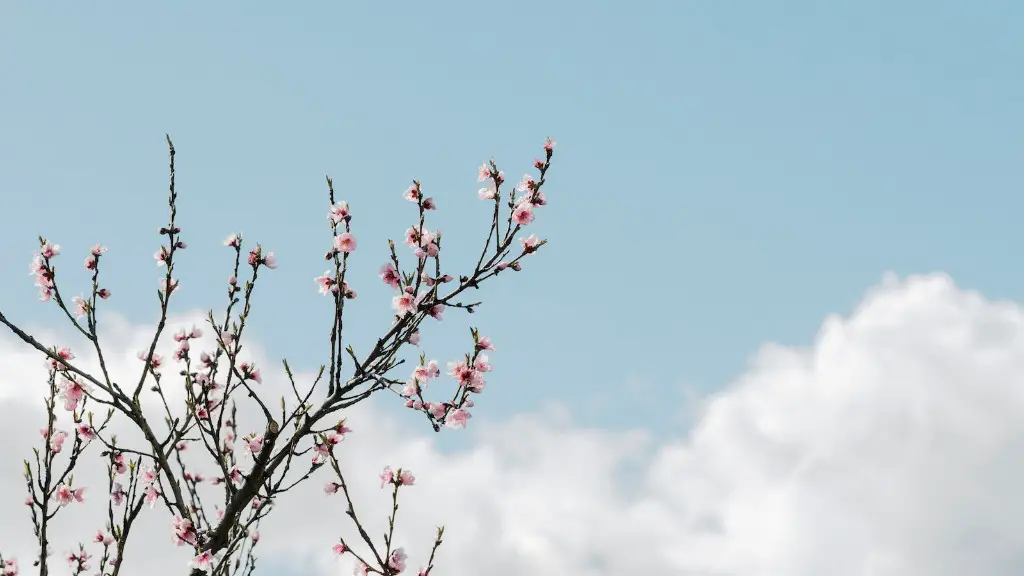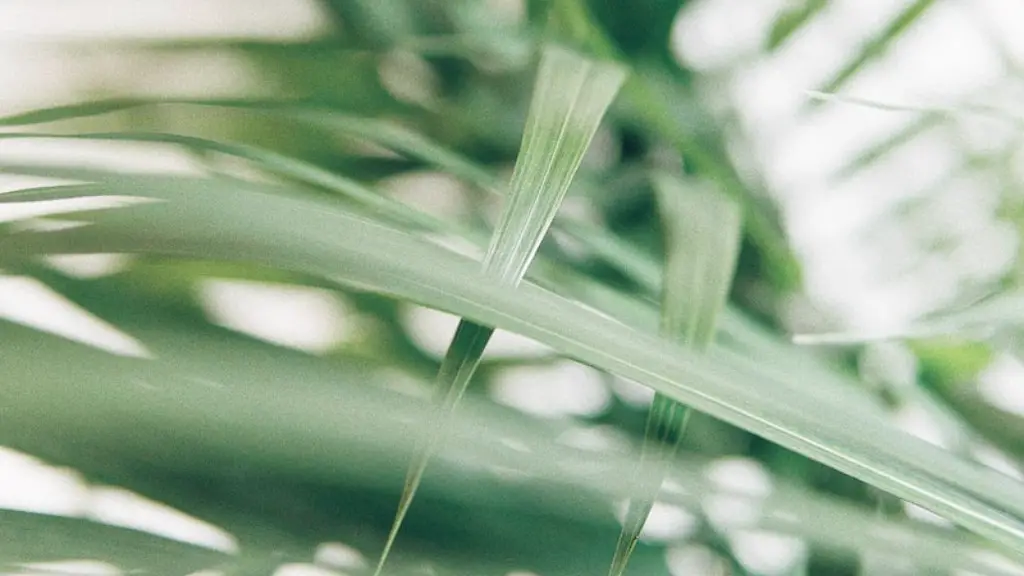Introduction
Yoshino cherry trees (Prunus x yedoensis) are one of the world’s most beautiful flowering trees. These trees originate in Japan and are known for their spectacular display of white flowers in the spring. This makes them a popular choice for home gardens as well as public parks and spaces. However, these trees do require specific conditions in order to grow and thrive so it is essential to understand where to plant yoshino cherry trees in order to get the best out of them.
Ideal Position
Yoshino cherry trees prefer a sunny location with good air circulation and away from high-traffic areas. They require at least six hours of direct sunlight per day and should be planted away from strong winds in order to prevent the flowers from being damaged. Additionally, Yoshino cherry trees will benefit from having a humus-rich soil with adequate drainage. It is best to avoid salt-rich soil or soils with poor drainage such as those typically found in wet or marshy conditions.
Proper Watering
Yoshino cherry trees should be watered regularly during the first few years after planting, typically every seven to ten days depending on the weather. The soil should be kept moist by watering deeply at the base of the tree but being careful not to over-water or allow the roots to become waterlogged. While these trees may need additional watering during periods of drought, it is important to allow the soil to dry out between waterings in order to prevent root-rot.
Shelter
Yoshino cherry trees tolerate cold winters and should not require additional protection from frost. However, it is still important to ensure that the tree is not exposed to direct wind or heavy sea-spray, as this can damage the flowers and create weaker, more susceptible trees. If possible, position Yoshino cherry trees in a sheltered location such as next to a wall or in the corner of a garden.
Fertilization
In order to ensure that the tree remains healthy, it is important to fertilize it regularly. This will promote healthy growth and help the tree to reach its full potential. The best time to fertilize is in early spring, just before the flowers appear. It is also important to avoid utilizing fertilizer with a high amount of nitrogen, as this can cause the flowers to become discolored. A balanced fertilizer (consisting of nitrogen, phosphorus, and potassium) is best for Yoshino cherry trees.
Pruning and Training
As with any tree, it is important to prune and train the branches in order to encourage healthy growth and a pleasing aesthetic. For Yoshino cherry trees, this should be done in mid-summer after the flowers have bloomed. When pruning, it is best to remove any dead, damaged, or diseased branches and be careful not to prune away any old flowers. Additionally, it is important to train the branches to create a pleasing shape and canopy.
Mulching
Mulching is also an essential part of caring for Yoshino cherry trees and should be done yearly. Mulch helps to keep the roots cool in summer and warm in winter and also helps to conserve moisture in the soil. A layer of organic mulch around the base of the tree can help protect it from disease, however it is important to ensure that the mulch is not too deep (no more than three to four inches) and is not in contact with the trunk of the tree.
Pests and Disease
Yoshino cherry trees are relatively resistant to pest and disease, however, they can still be affected. Common pests include aphids, caterpillars, and scale insects. Disease is also a potential problem, although typically only if the tree is planted in a humid or poorly ventilated area. If signs of pests or disease do appear, it is important to act quickly in order to prevent the issue from escalating. Pruning off affected branches or treating the tree with an appropriate insecticide or fungicide can help to get rid of the problem.
Conclusion
Yoshino cherry trees are a stunning addition to any landscape and with the right care and attention, they can be enjoyed for many years to come. However, it is important to understand where to plant and how to care for the tree in order to get the most out of it. By providing the tree with an ideal position, proper watering and fertilization, pruning and training, mulching, and controlling for pests and diseases, a healthy and beautiful Yoshino cherry tree will be the result.

